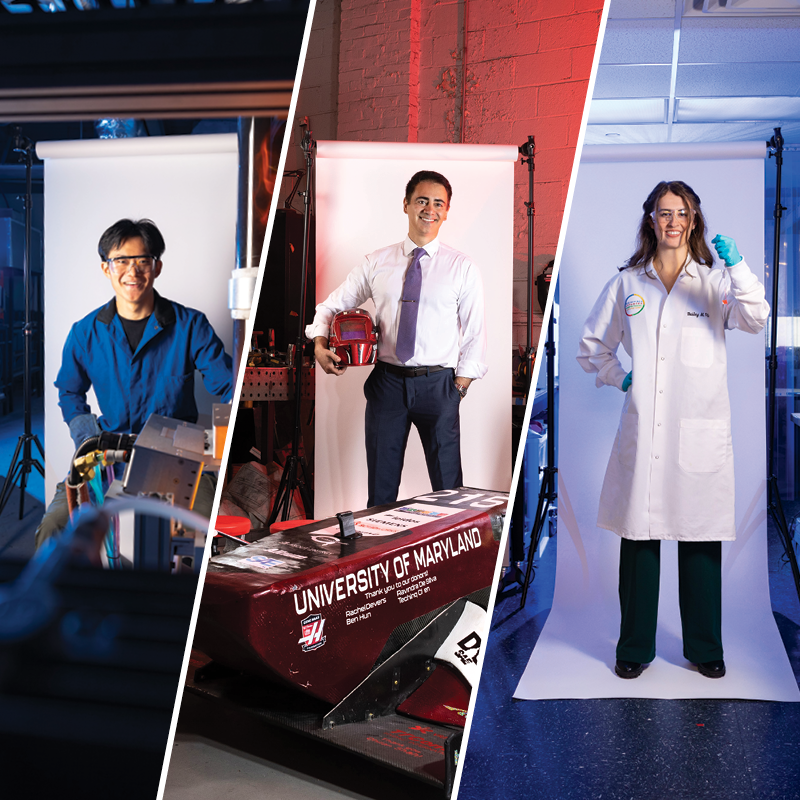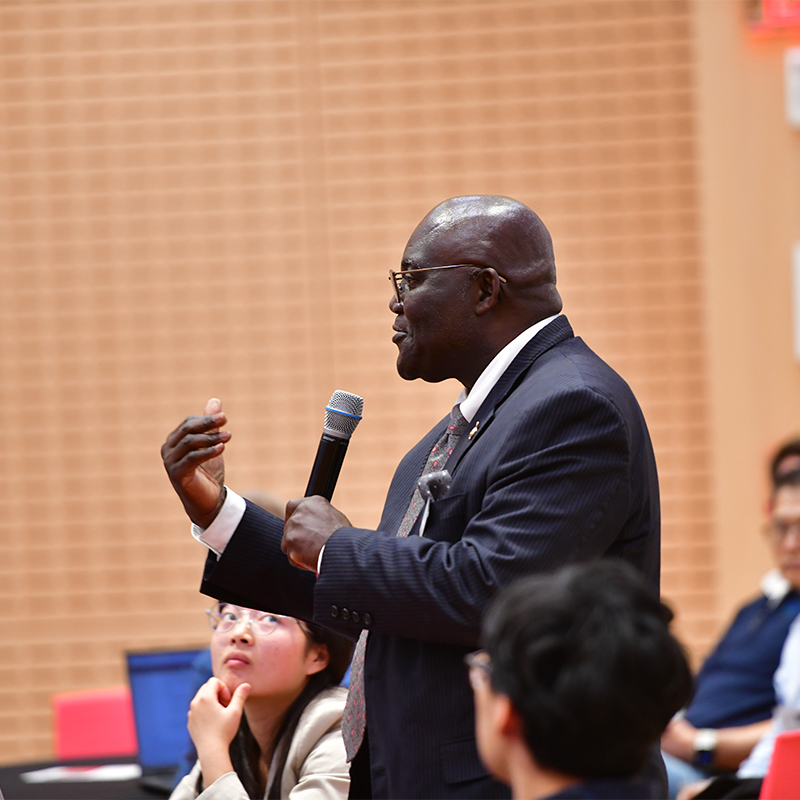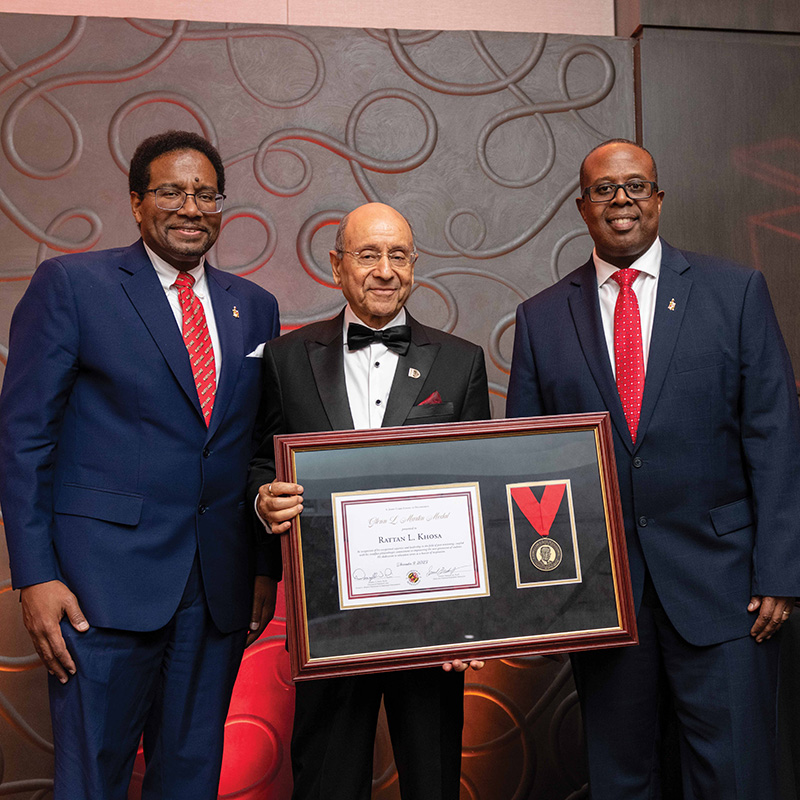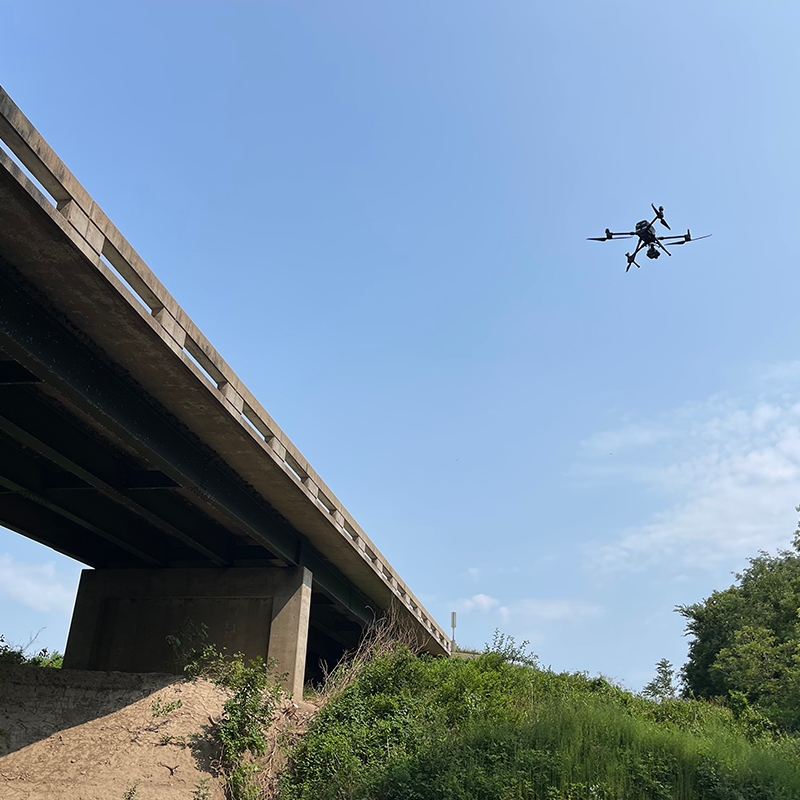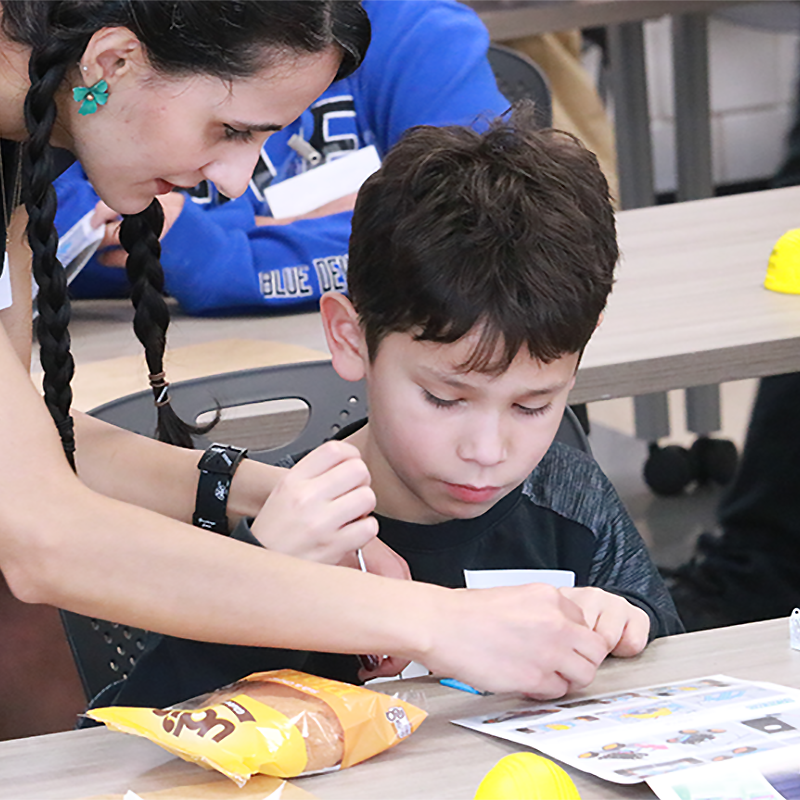News Story
Affordable Bridge Inspection With AI
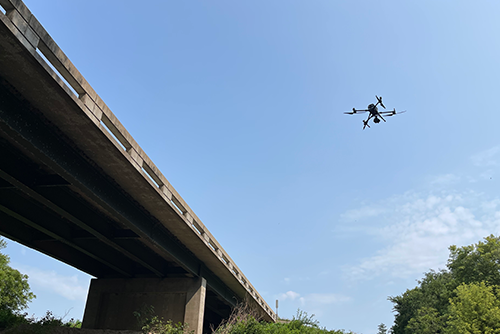
How many bridges are there in the U.S.? Many more than can be inspected regularly using current methods.
Sending human crews out to examine each one of America’s approximately
617,000 would require budget allocations far beyond what states can afford. As a result, the country has a serious bridge maintenance issue: according to the American Road & Transportation Builders Association (ARTBA), roughly 221,800 U.S. bridges need repair or replacement.
Drones paired with AI algorithms can potentially trim this problem down to manageable size, as UMD Professor Yunfeng Zhang explains. Zhang and Professor Qingbin Cui, who directs the UMD-based Build America Center (BAC), are assisting the Kansas-based North Central Regional Planning Commission (NCRPC) with the development and implementation of this high-tech approach.
“Instead of sending out a crew to examine a bridge, we can simply fly a drone over it,” Zhang said. “Once the drone has collected imagery, we can use algorithms to automatically identify defects.”
Equipped with lidar and thermal sensors, the drones can gather imagery not only from the outside surfaces, but also from the interior. The Ai system, trained using a large database of bridge imagery, can then detect problems such as corrosion, metal fatigue, cracks, water penetration, and spalling. Once these defects are detected, the information can be used to plan follow-up flights.
We can program the drone to stay in those areas for a longer time and take better, close-in pictures,” Zhang said.
Beyond that, the cloud point data collected through lidar can be used to build a 3D rendering of the entire bridge, and ultimately a digital twin, which can be used to forecast future maintenance needs.
While Zhang and his s students are focused primarily on the AI tools, Cui is the overall PI for the project, which is being funded through a U.S. Department of Transportation SMART grant. The NCRPC, which is the primary awardee under the grant, is testing the system in the town of Salina, Kansas and four adjoining counties.
It’s one of several rural-state initiatives being carried out with the help of the BAC, which was launched in 2021 in order to assist states and local communities with projects funded under the Bipartisan Infrastructure Law. BAC personnel, including Cui and Zhang, help stakeholders identify funding opportunities while also providing research expertise in support of BIL projects.
Published October 30, 2025

